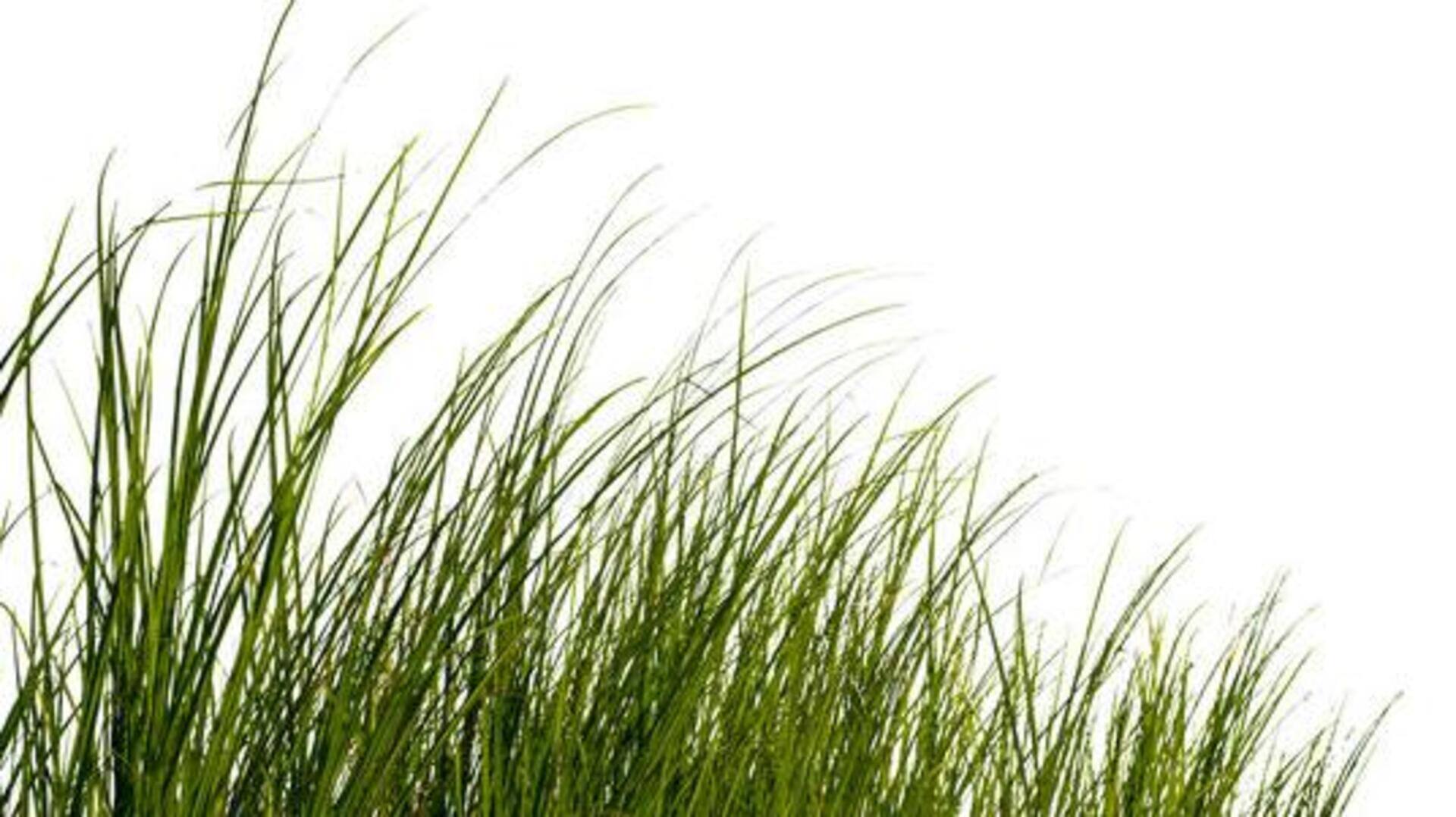
Camel grass: Nutritional benefits and uses
What's the story
African camel grass is a versatile plant that has been used in various culinary applications across the continent. Its unique properties make it a valuable ingredient in many traditional dishes. From enhancing flavors to providing nutritional benefits, camel grass offers a range of possibilities for innovative cooking. Here are some ways this remarkable plant can be incorporated into modern African cuisine.
Flavor boost
Enhancing flavors with camel grass
Camel grass is known for its aromatic qualities, which can enhance the flavor profile of several dishes. Its subtle yet distinct taste makes it an ideal addition to soups and stews, where it can infuse the dish with a refreshing aroma. By adding camel grass, cooks can elevate the overall sensory experience without overpowering other ingredients.
Health boost
Nutritional benefits of camel grass
Rich in essential nutrients, camel grass can be a great addition to any diet. It is packed with vitamins and minerals that promote good health. Adding camel grass to meals can increase their nutritional value significantly. This makes it an excellent choice for health-conscious individuals looking for natural ways to boost their diet.
Creative cooking
Innovative uses in traditional dishes
Incorporating camel grass into traditional African dishes opens up new avenues for creativity in the kitchen. Chefs are experimenting by using it as a marinade base or incorporating it into rice dishes for added texture and flavor. These innovative uses not only preserve cultural heritage but also encourage culinary exploration.
Eco-friendly choice
Sustainable cooking practices with camel grass
Using locally sourced ingredients like camel grass contributes to sustainable cooking practices by reducing carbon footprints associated with transportation. By embracing this eco-friendly option, communities can support local agriculture while enjoying delicious meals made from readily available resources.